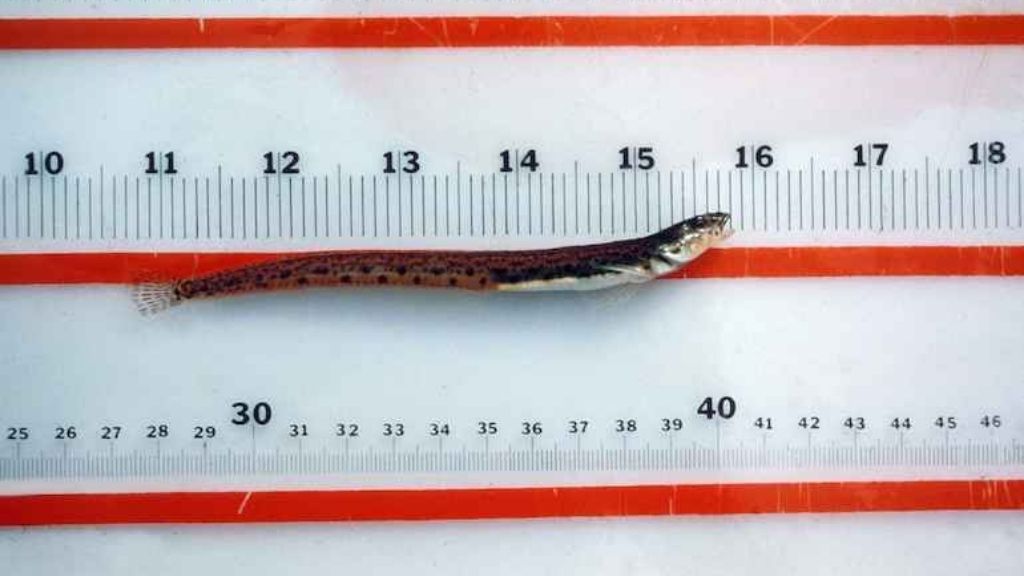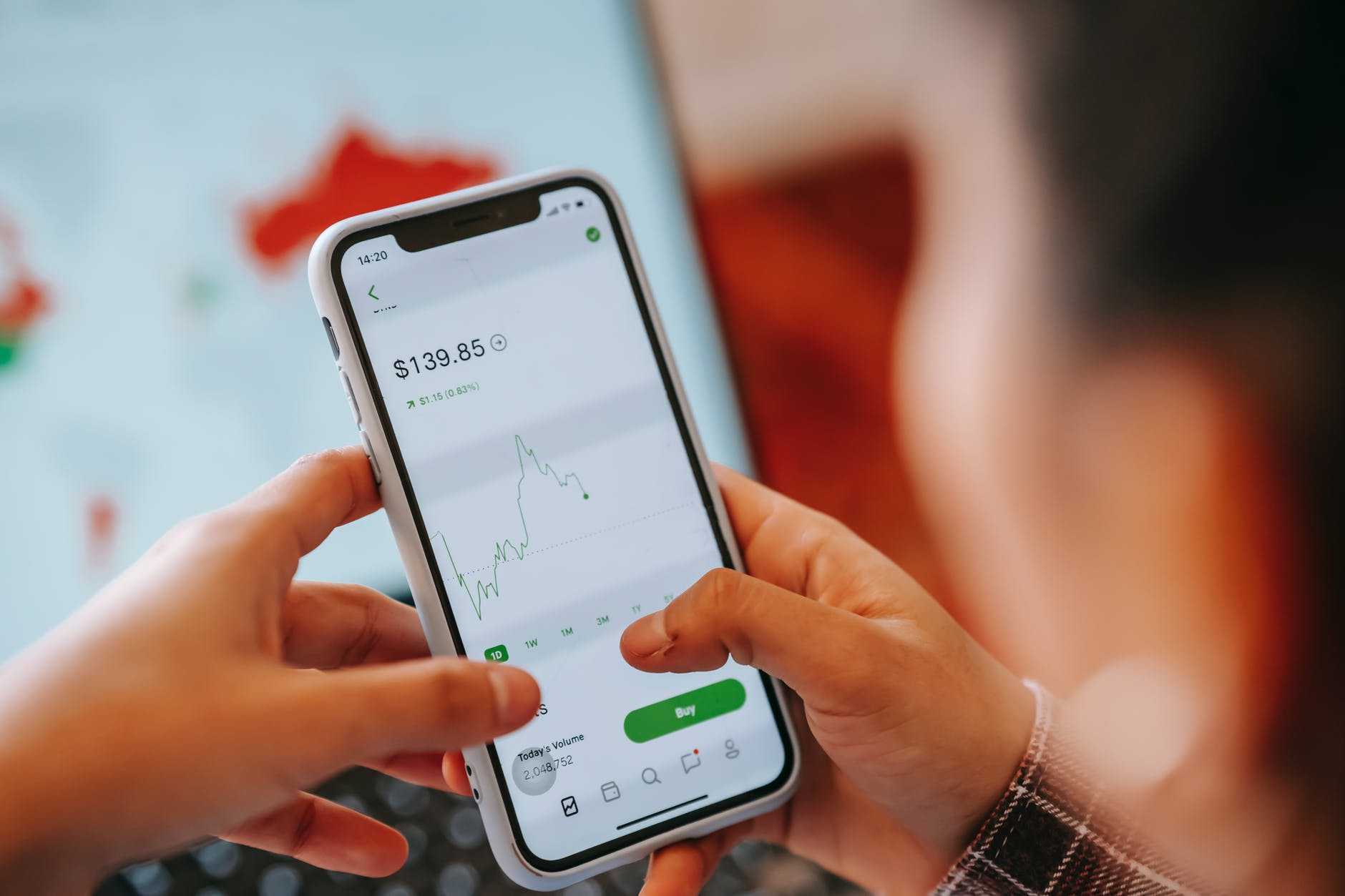
What methods can you use to measure price sensitivity?
04/09/2021 - Price optimization
Price sensitivity directly affects the optimisation of your pricing strategy. What is this phenomenon? How can you measure it to adapt your brand’s prices to what your potential buyers really expect? Here are the key points to take into account to improve your sales with an appropriate pricing strategy.
Calculating or measuring price sensitivity?
Calculating and measuring price sensitivity might seem to be the same thing, but they’re not. While calculation results in a concrete, empirical value obtained from a mathematical operation done after the fact, the measurement of price sensitivity aims to anticipate it in order to fine-tune a dynamic pricing strategy, for example. By knowing your audience’s relationship with the price of your products ahead of time, you can create an appropriate pricing strategy without taking as many risks.
Calculating price sensitivity is a fairly simple formula that compares sales behaviour each time you change the price of your products. This allows you to analyse how your audience responds to your pricing strategy once you’ve made changes to your online shop, either through campaigns or specific A/B testing.
Measurement, on the other hand, deals with other qualitative aspects of consumer perception that we’ll look at below.

Measuring price sensitivity with the Van Westendorp method
The Van Westendorp method allows you to measure price sensitivity by presenting certain prices to a group of potential consumers. You could say that this experiential group is a kind of focus group that will form part of the A/B testing of prices before launching them on the market.
Since 1976, the price sensitivity meter (PSM) has been used as a technique to find out how much a user is willing to pay for a product. It does this by asking consumers four questions.
The 4 questions in the Van Westendorp method
- What would you consider to be the maximum price that a product could have so that you wouldn’t consider buying it?
- At what price would you consider the product to be expensive, but still buy it?
- At what price would the product seem too cheap and make you doubt its quality enough to not buy it?
- What would you consider to be a bargain price for the product in relation to its quality?
Setting the right price according to Van Westendorp
To find the best price for each product, you’ll need to plot the prices from your experiential group on a graph along with the percentage of individuals that have said each of them (the cumulative frequency).
This data should be cross-referenced with the item being considered cheap or expensive so that you end up with four curves. The points where these curves intersect will be the price ranges that are considered acceptable for your product. The optimal price point, in particular, will be where the too cheap price and the too expensive price intersect.
Measuring price sensitivity through auctioning
In addition to these two methods, you can also use auctions to uncover your potential customers’ price sensitivity. You can do this during market research, with an experiential group, or directly within your eCommerce business. In fact, this method is how companies, like Etsy, have allowed certain spaces within their marketplace to develop.
When it comes to your eCommerce business, why not take advantage of your most loyal users to gather this information in exchange for a reward?
And how can you permanently apply the best eCommerce prices? By using pricing software like Reactev, which allows you to make massive changes with complete security. Why are you still waiting to request your demo?
Category: Price optimization
